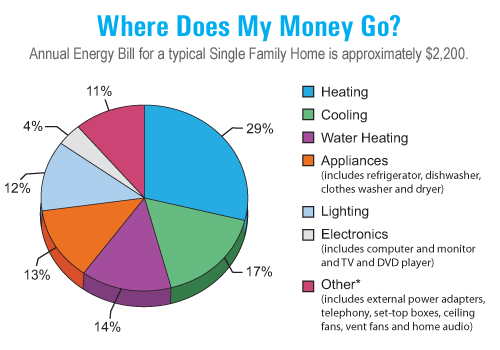The Wall Street Journal (sub. required) reported today that the FAA's new air traffic control system promises to save 7.4 million gallons of aircraft fuel, and also make the airways safer. Instead of the current method of using radar to broadcasts signals out in the air and identify all signals that are bounced back using the time interval and direction of the rebound to determine direction and distance of aircrafts from the broadcast tower/receiving sensor. Of course, the further away the object is, the greater the variability in the precision of reports of its position.
The new approach, called [[Automatic Dependent Surveillance-Broadcast]] puts the broadcast responsibility on the aircraft electronics. It seems to me to be a model of peer-to-peer (P2P) reporting instead of the command and control system we have today. The system of course is not yet in place except in a few places, although commercial aircraft shipping today include the system, while the cost of retrofitting the existing fleet and private planes needs to be determined.
The service works best in the unsupervised environments across the north Atlantic and over vast tracks of northern Canada which are completely unsupervised by radar. Flights from the US west coast fly over Hudson's Bay and Greenland to reach Europe because it's shorter to go that way than the east-west path most obvious on any map.
The Journal's report is that 7.4 million gallons of aircraft fuel will be saved/year as aircraft can fly higher, and negotiate their own path to the target altitude more quickly than they can today. Higher altitudes means more efficient transit through the thinner air and therefore less fuel to stay at that altitude.
The US EPA estimates that 7.4 million gallons translates into 176 million pounds of carbon dioxide, and 100,405 acres or 156.9 square miles of northeastern forest (according to Tufts University) that would otherwise be required to remove that carbon oxide are now free to remove CO2 from others.










